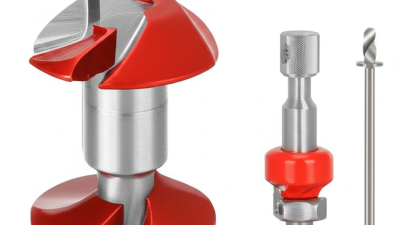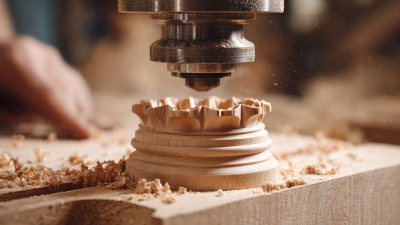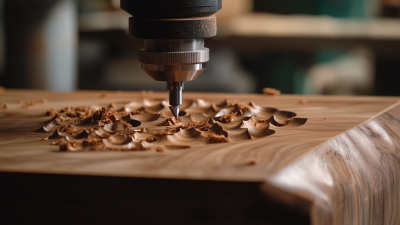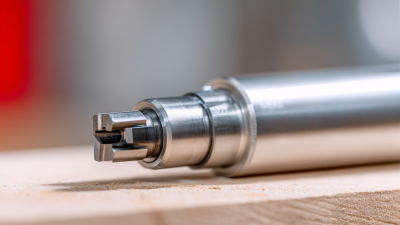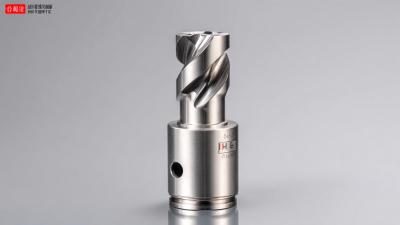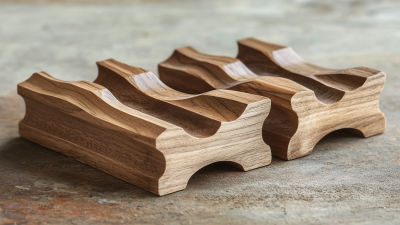Achieving precision woodworking is essential for craftsmen who aim to elevate their projects beyond the ordinary. A critical tool in this pursuit is the Keyhole Router Bit, which offers the unique ability to create locked-in, concealed fastener holes, ensuring both aesthetic appeal and structural integrity. According to a recent industry report by the Woodworking Machinery Industry Association, the demand for specialized router bits, including the Keyhole Router Bit, has surged by over 30% in the last five years, reflecting a growing emphasis on refined craftsmanship among woodworking professionals. This increase correlates with innovative techniques and the rising popularity of DIY projects that require precision and finesse. By mastering the use of the Keyhole Router Bit, woodworkers can not only enhance their skill set but also meet the evolving expectations of clients who seek quality and durability in their finished pieces.
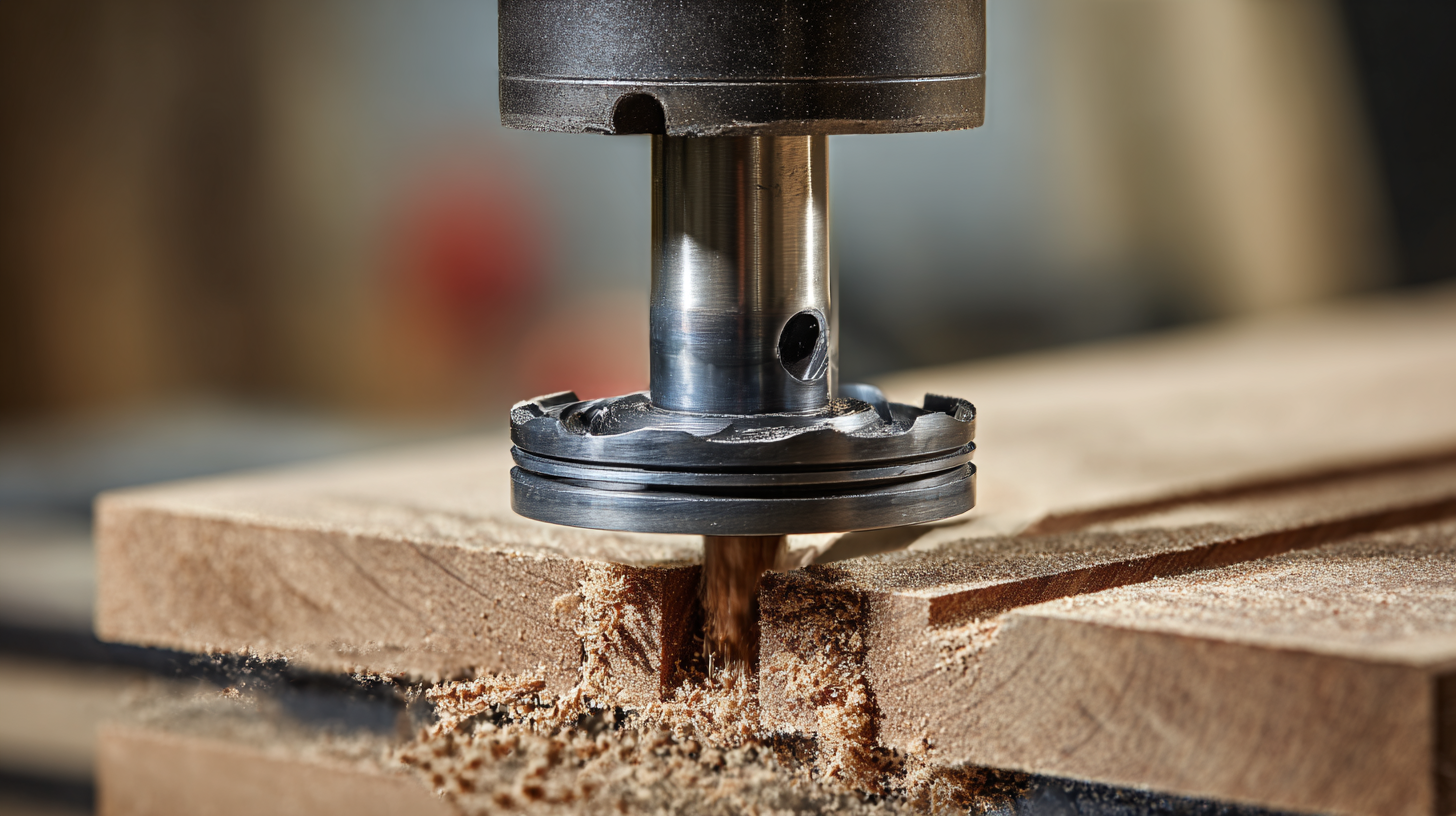
The keyhole router bit is a specialized woodworking tool that enables precise cutting for specific joinery and decorative applications. Its unique design allows for the creation of keyhole-shaped grooves, perfect for installing wall hangers or adding intricate detail to your woodworking projects. Understanding the features of the keyhole router bit is crucial for maximizing its potential; it typically boasts a sharp cutting edge and a tapered design, which ensures clean, reliable cuts.
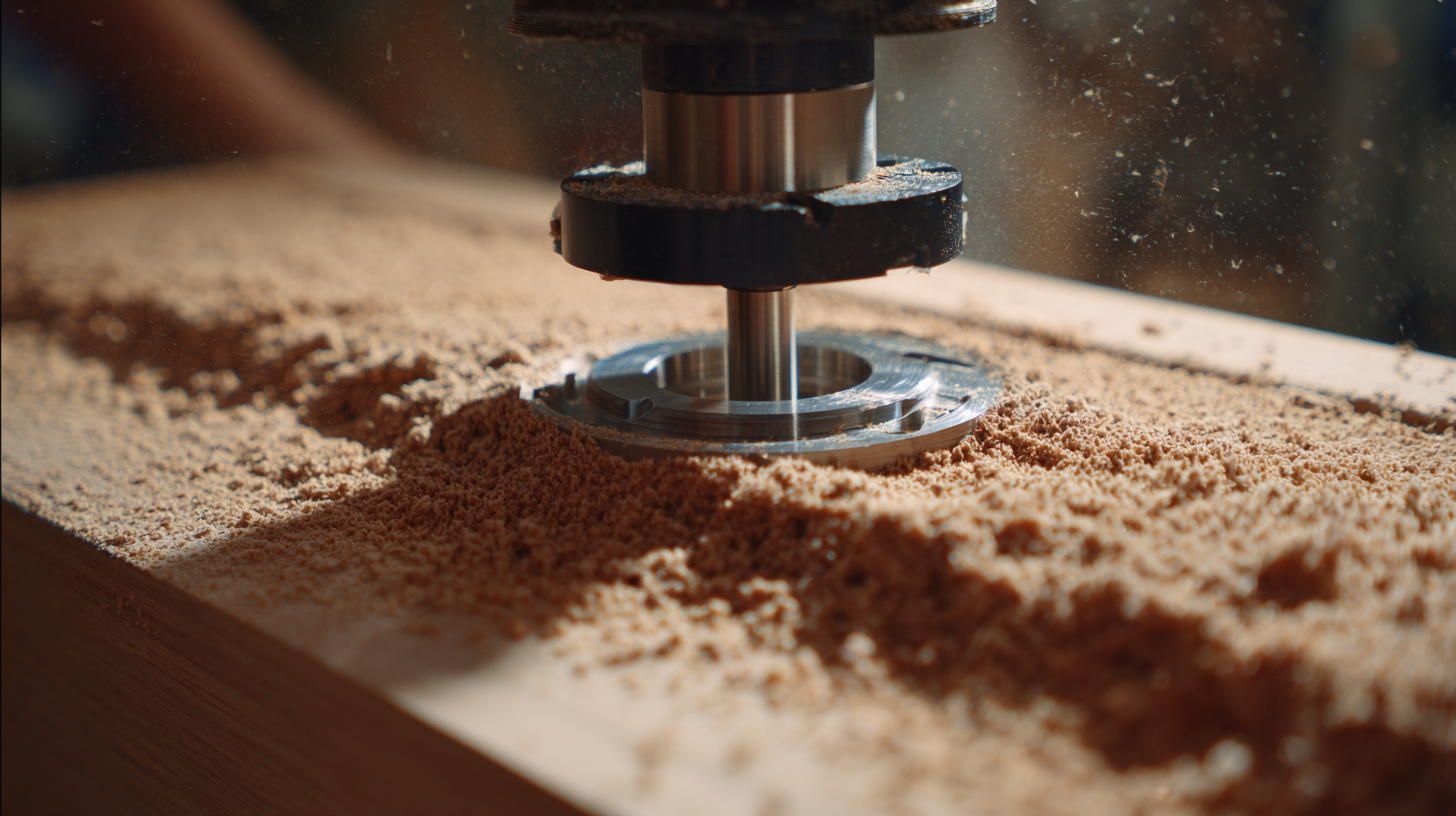
When selecting a router for use with keyhole bits, stability and control are paramount. Recent advancements in woodworking tools highlight various efficient hand routers that cater to these needs, providing enhanced performance for achieving the desired precision. For instance, newer models often come equipped with features like plunge lock levers and brushless motors, which further facilitate smooth operation when using specialized bits. These enhancements contribute to a more enjoyable and fulfilling woodworking experience, allowing enthusiasts to focus on creativity rather than struggle with equipment limitations.
When embarking on a precision woodworking project, choosing the right router and router bit is paramount for achieving flawless results. A keyhole router bit is an excellent choice for creating hidden fastener holes, which are essential for a clean finish. When selecting the router, consider factors such as power, speed settings, and ergonomics. A router with variable speed settings allows for more control, enabling you to adjust the RPM according to the material and the intricacy of the cut. Ergonomics play a vital role in comfort, especially during prolonged use.
In addition to the router, selecting the appropriate keyhole router bit is crucial. Keyhole bits come in various sizes and shapes, and understanding the specific needs of your project will guide your choice. For example, a larger bit may be necessary for larger fasteners, while a smaller bit may provide finer detail for intricate work. Always ensure that the router bit is compatible with your router model, as this will guarantee optimal performance and safety. By carefully selecting both the router and the router bit, you set the stage for a woodworking project that is not only precise but also has a professional finish.
Achieving precision woodworking with a keyhole router bit requires a careful approach and attention to detail. This specialized tool is ideal for creating precise keyhole shapes in wood, allowing for secure hanging of items without visible hardware. Begin by selecting the appropriate bit size for your project, as keyhole router bits come in various diameters. Set up your router according to the manufacturer's instructions, ensuring the depth and speed settings are suitable for the material you're working with.
Tips: Before starting, practice on scrap wood to familiarize yourself with the router's operation and adjust your technique for more intricate designs. Consider using a straightedge guide to maintain a consistent depth and alignment while routing. Always wear personal protective equipment, such as safety goggles and ear protection, to ensure your safety while woodworking.
As you progress through this process, pay attention to the feed rate; moving too quickly can lead to uneven cuts or chipping. In 2021, a report indicated that 67% of woodworkers cited precision as the most critical factor in their projects, emphasizing the importance of technique and tools. By following a step-by-step approach and applying these tips, you can master the art of using a keyhole router bit effectively.
| Step | Description | Tools Required | Tips |
|---|---|---|---|
| 1 | Select the appropriate keyhole router bit for your project. | Keyhole router bit, router. | Choose a bit size that matches the screws you plan to use. |
| 2 | Mark the location for the keyhole on your material. | Pencil, ruler. | Ensure marks are level and spaced appropriately. |
| 3 | Set up your router and adjust the depth of the cut. | Router, depth gauge. | Test the depth on scrap wood before proceeding. |
| 4 | Route the keyhole by following the marked lines. | Router, safety goggles. | Maintain a steady speed for a clean cut. |
| 5 | Clean the edges and test the fit of the hardware. | Sandpaper, brush. | Use fine sandpaper for smooth finishes. |
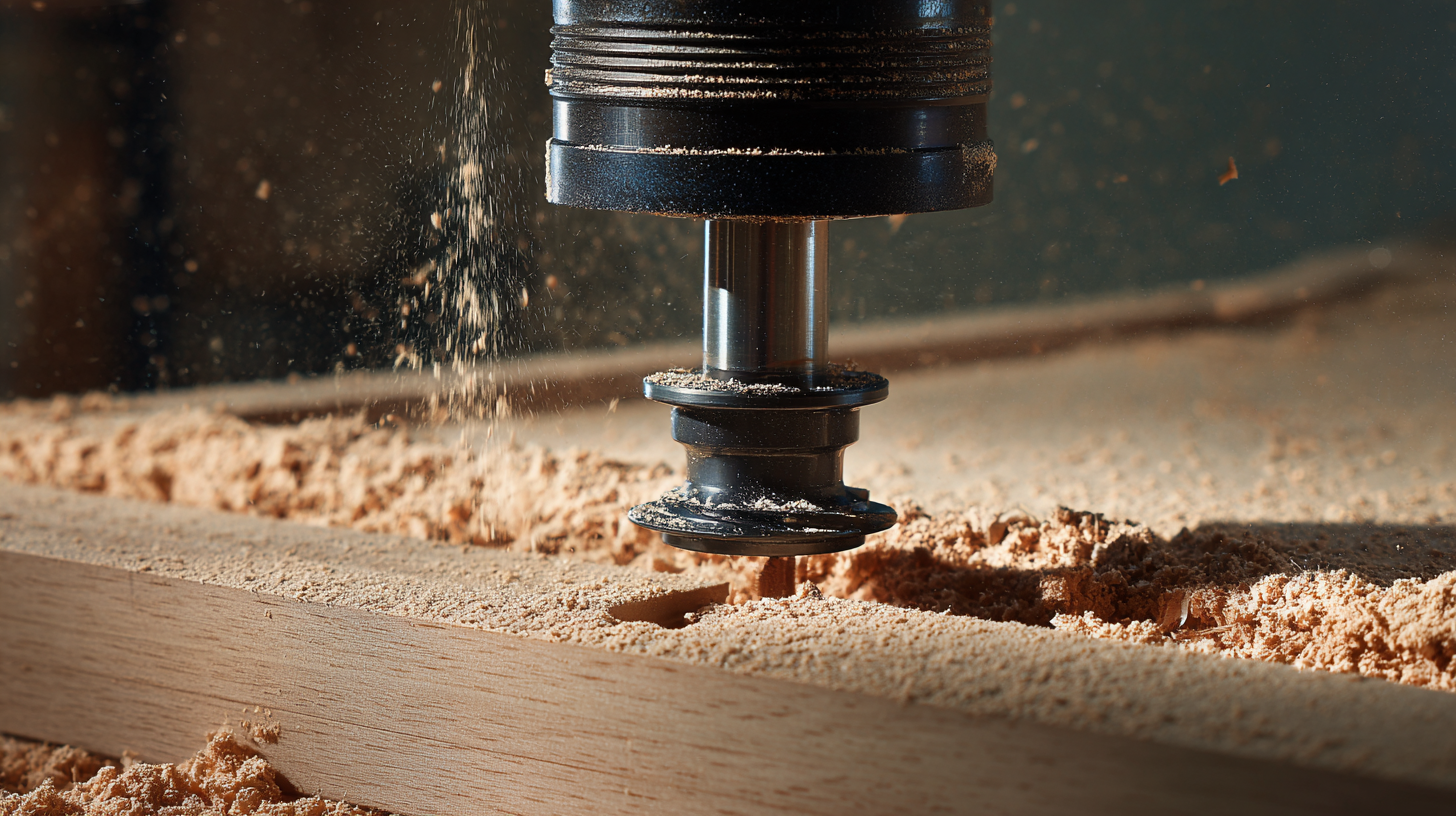 Achieving clean cuts and accurate joints in woodworking requires a keen understanding of techniques that maximize the efficacy of your keyhole router bit. First, ensuring that your router bit is sharp and properly adjusted is crucial. A dull bit can lead to tear-out and uneven cuts, making it difficult to achieve the precision you desire. Additionally, setting the correct depth for the cut can help create consistent results, especially when working with different wood types that may require varying depths for optimal joint fitting.
Achieving clean cuts and accurate joints in woodworking requires a keen understanding of techniques that maximize the efficacy of your keyhole router bit. First, ensuring that your router bit is sharp and properly adjusted is crucial. A dull bit can lead to tear-out and uneven cuts, making it difficult to achieve the precision you desire. Additionally, setting the correct depth for the cut can help create consistent results, especially when working with different wood types that may require varying depths for optimal joint fitting.
Another key technique involves the use of a guide rail or a fence to maintain a straight edge during cuts. This ensures that each pass with your keyhole router bit remains aligned, preventing any wobbling that could compromise the integrity of your joints. Furthermore, practicing on scrap pieces before moving to your project can help you familiarize yourself with the tool's behavior, allowing you to make necessary adjustments in technique or settings. By mastering these methods, you can significantly enhance the quality of your woodworking projects, resulting in flawless finishes and durable connections.
Maintaining your keyhole router bit is essential for achieving precision in woodworking projects. Regular care not only extends the life of the bit but also ensures clean and accurate cuts. Start by cleaning the bit after each use. Use a soft brush or cloth to remove any sawdust or resin buildup, as this can affect performance. For deeper cleaning, a solvent like mineral spirits can help dissolve any stubborn residue. Always make sure to dry the bit thoroughly before storing it.
Tips for keeping your keyhole router bit in peak condition include regularly checking for signs of wear or damage, such as nicks or dull edges. If you notice any imperfections, it’s crucial to sharpen or replace the bit to maintain accuracy in your cuts. Additionally, store your router bit in a protective case or holder to prevent accidental damage. This practice not only safeguards your investment but also keeps the bit sharp and ready for your next project.
